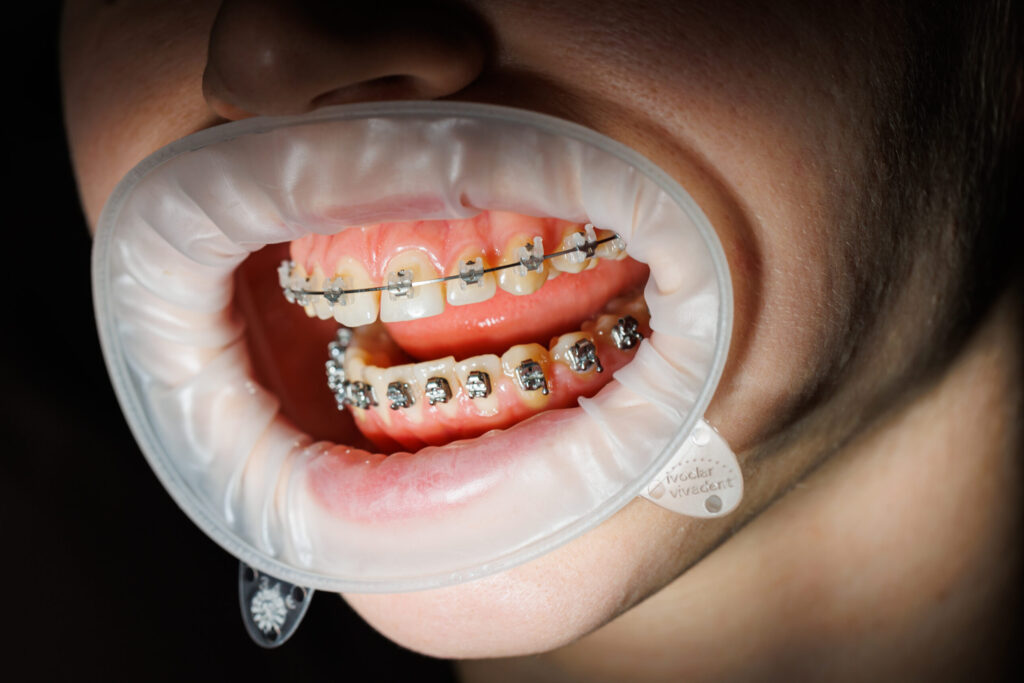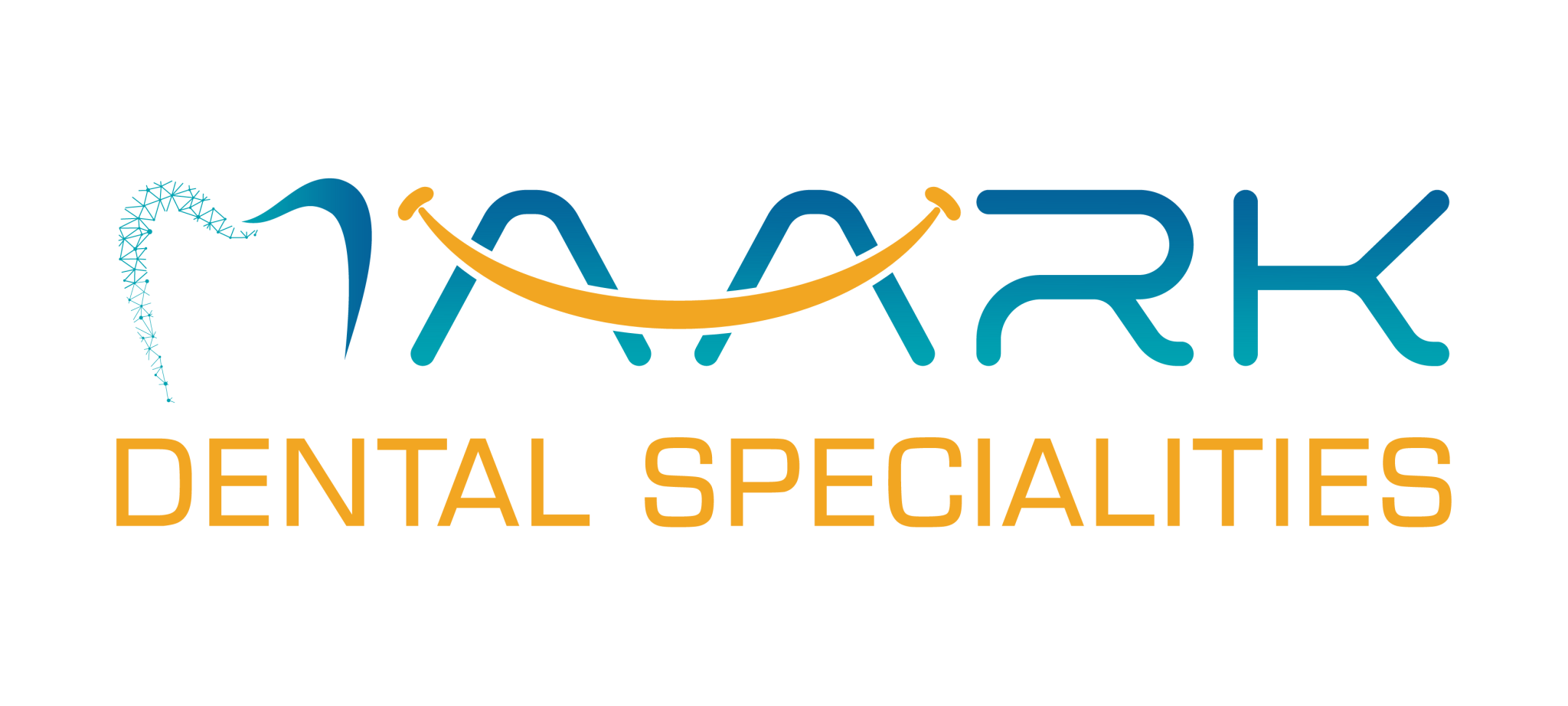Orthodontic Treatment

Aligning Your Teeth and Smile
Orthodontic treatment offers an effective solution for correcting misaligned teeth, which can alleviate stress on the temporomandibular joint (TMJ) and reduce grinding habits associated with bruxism. By straightening teeth, orthodontic treatment enhances the alignment of your bite, potentially reducing the risk of TMJ issues related to bruxism. Orthodontic care is a transformative approach to improving your oral health and overall well-being.
Understanding the Connection Between Misalignment and TMJ Problems:
Misaligned teeth can impact your oral health in various ways, including:
- Uneven Bite: Misalignment can lead to an uneven bite, causing excessive stress and pressure on certain areas of the TMJ.
- Jaw Strain: The misalignment of teeth can contribute to jaw strain, discomfort, and even temporomandibular joint disorder (TMD).
- Bruxism: Individuals with misaligned teeth may be more prone to bruxism, which involves grinding or clenching of teeth, especially during sleep.
The Role of Orthodontic Treatment:
Orthodontic treatment, often associated with braces or clear aligners, focuses on correcting misaligned teeth to:
- Improve Bite: Orthodontics can align your teeth to create a more even and harmonious bite.
- Reduce TMJ Stress: By alleviating bite-related stress on the TMJ, orthodontic treatment can help reduce the risk of TMJ issues and discomfort.
- Address Bruxism: Straightening teeth can minimize grinding habits associated with bruxism, enhancing overall oral health.
The Orthodontic Treatment Process:
The orthodontic treatment process typically involves the following steps:
- Consultation: You’ll have an initial consultation with an orthodontist who will assess your oral health, discuss your concerns, and recommend a treatment plan tailored to your needs.
- Treatment Plan: Once a treatment plan is established, you’ll receive a detailed overview of the proposed orthodontic treatment, including the type of braces or aligners to be used.
- Treatment Phase: During the active treatment phase, you’ll wear braces or aligners as prescribed by your orthodontist. These appliances gradually shift your teeth into their desired positions.
- Monitoring: Regular follow-up appointments with your orthodontist are essential to monitor your progress and make any necessary adjustments.
- Retention: After your teeth have been successfully aligned, you may need to wear a retainer to maintain your new smile.
Benefits of Orthodontic Treatment:
- Improved Bite: Orthodontic treatment improves the alignment of your teeth, creating a more harmonious bite.
- Reduced TMJ Stress: By reducing bite-related stress on the TMJ, orthodontics can help lower the risk of TMJ problems.
- Bruxism Management: Orthodontic treatment can address grinding habits associated with bruxism, promoting overall oral health.
- Enhanced Aesthetics: Straightening your teeth can enhance the appearance of your smile, boosting self-confidence.
Maintenance and Follow-Up Care:
Maintaining good oral hygiene practices and attending follow-up appointments as recommended by your orthodontist are crucial for the success of your orthodontic treatment. Proper care and retention help ensure the long-term stability of your newly aligned smile.
In summary, orthodontic treatment offers a transformative approach to improving your oral health by aligning your teeth and reducing stress on the TMJ. If you have concerns about misaligned teeth, bite issues, or grinding habits, consult with an orthodontist to explore the benefits of orthodontic care and how it can contribute to your overall oral well-being.


